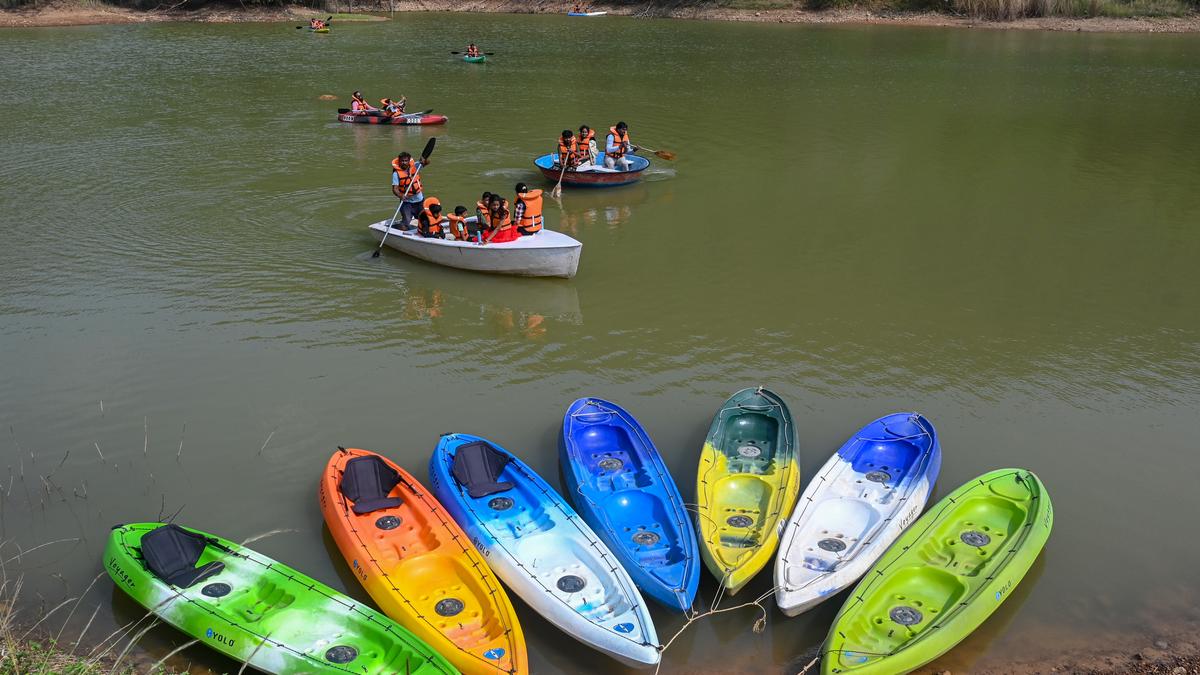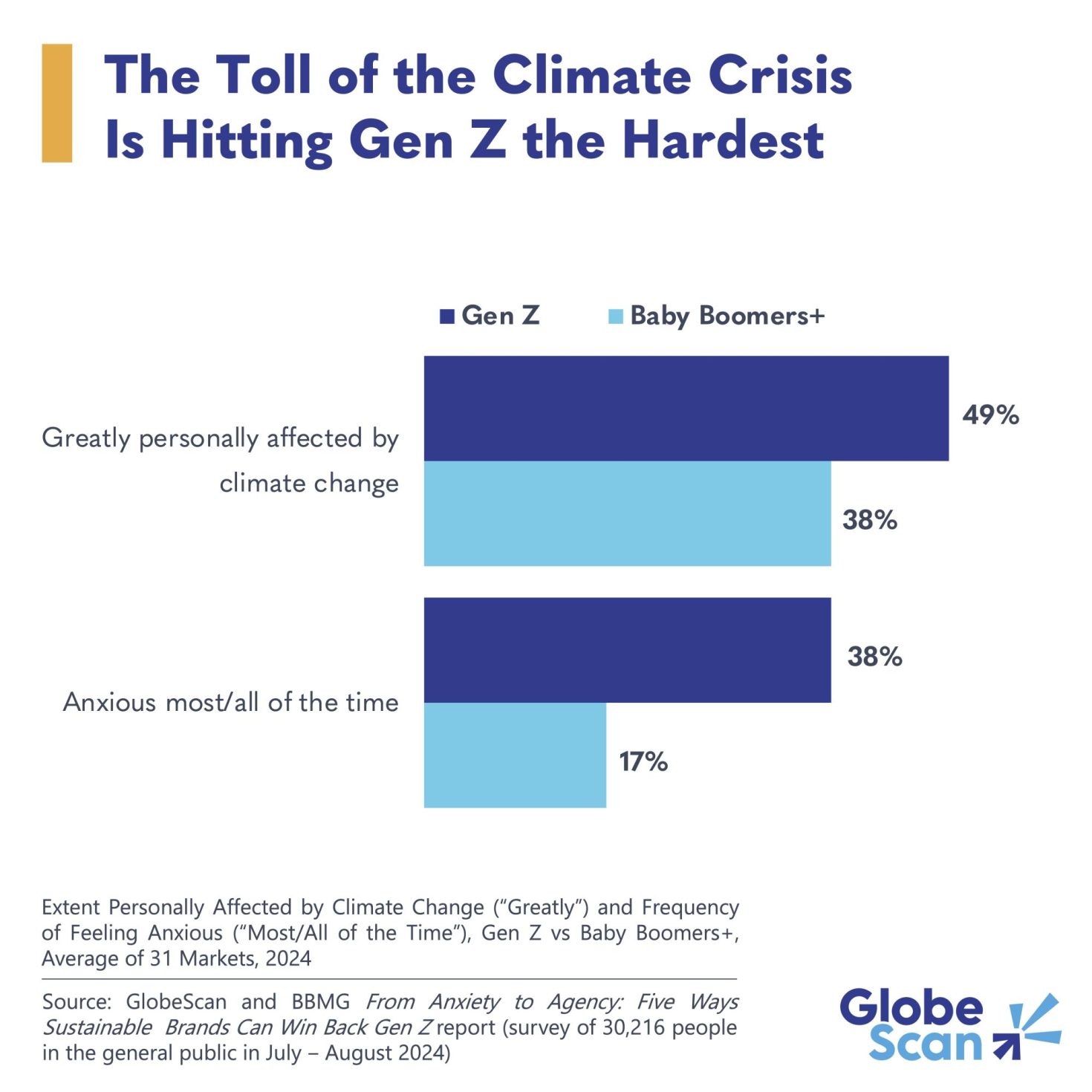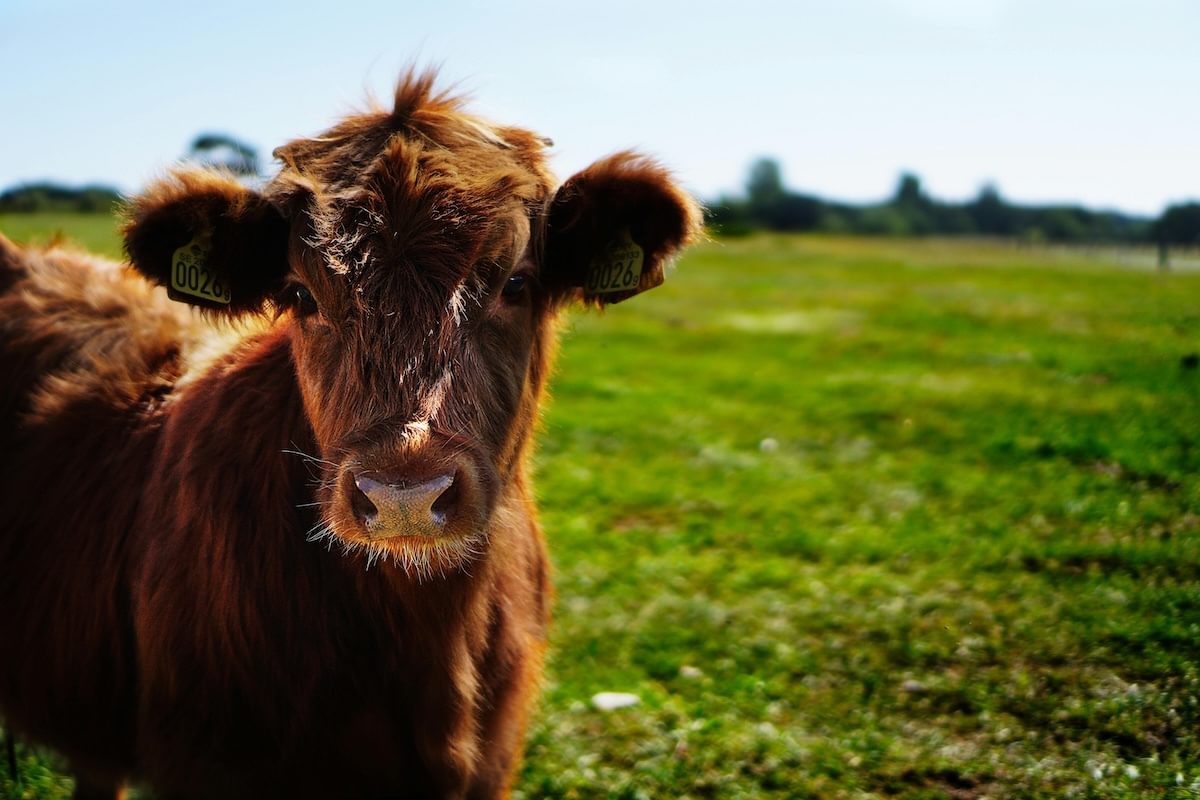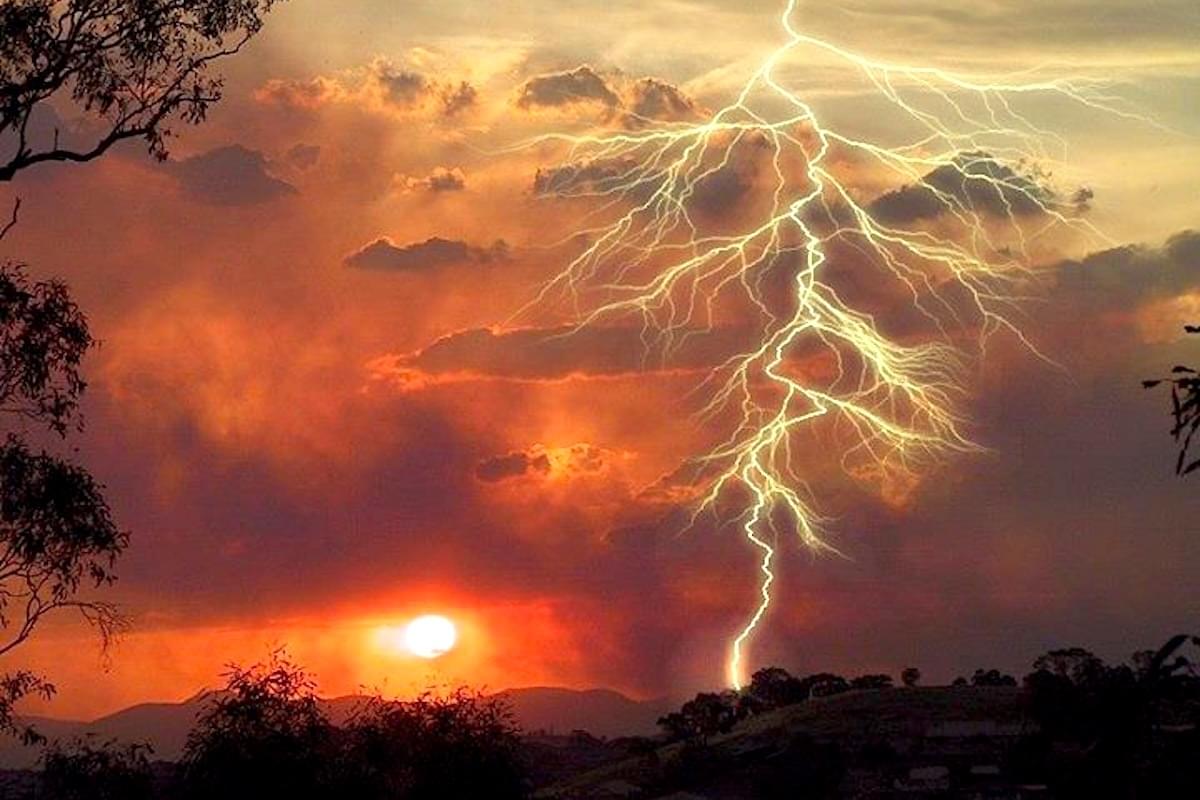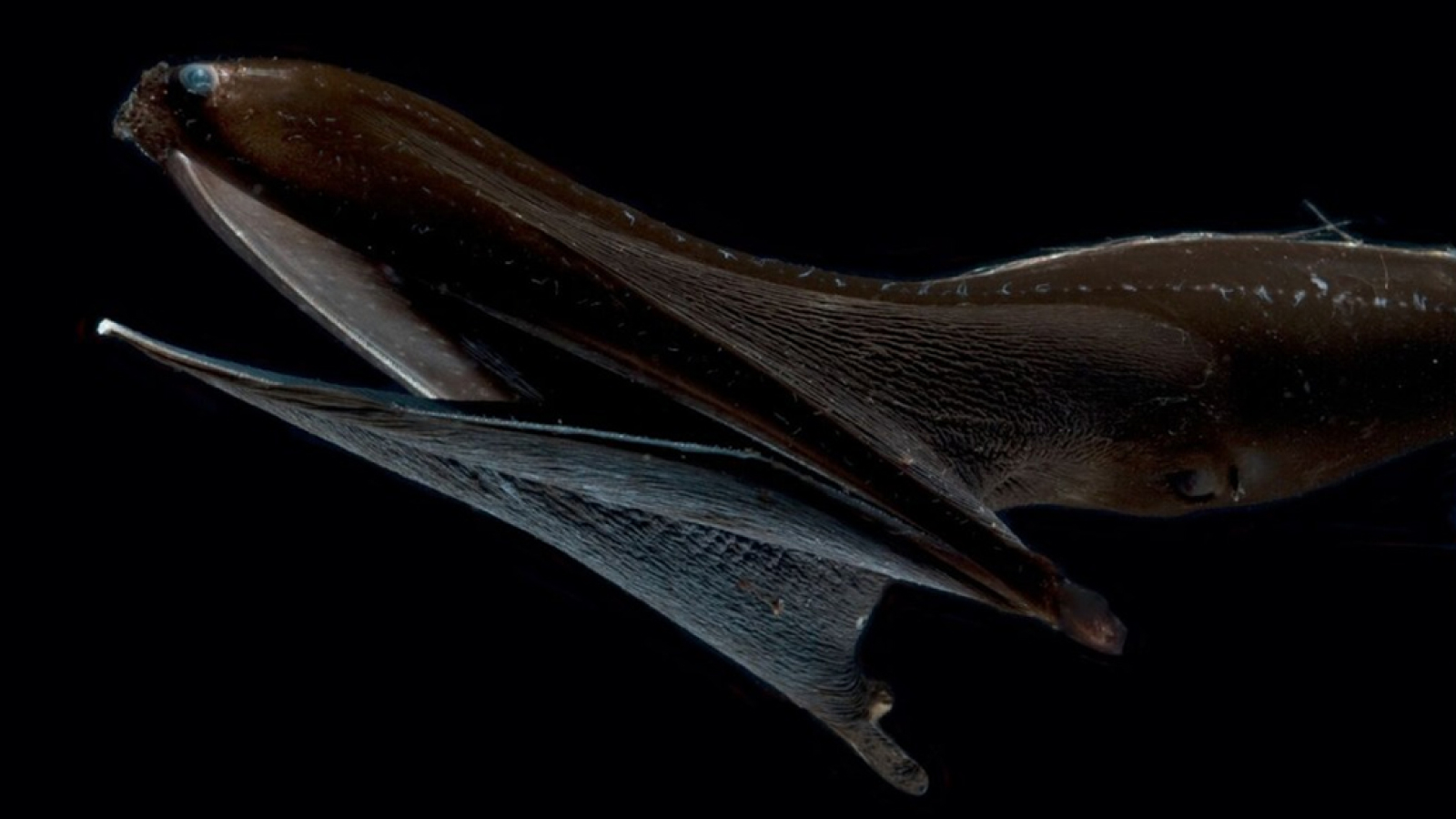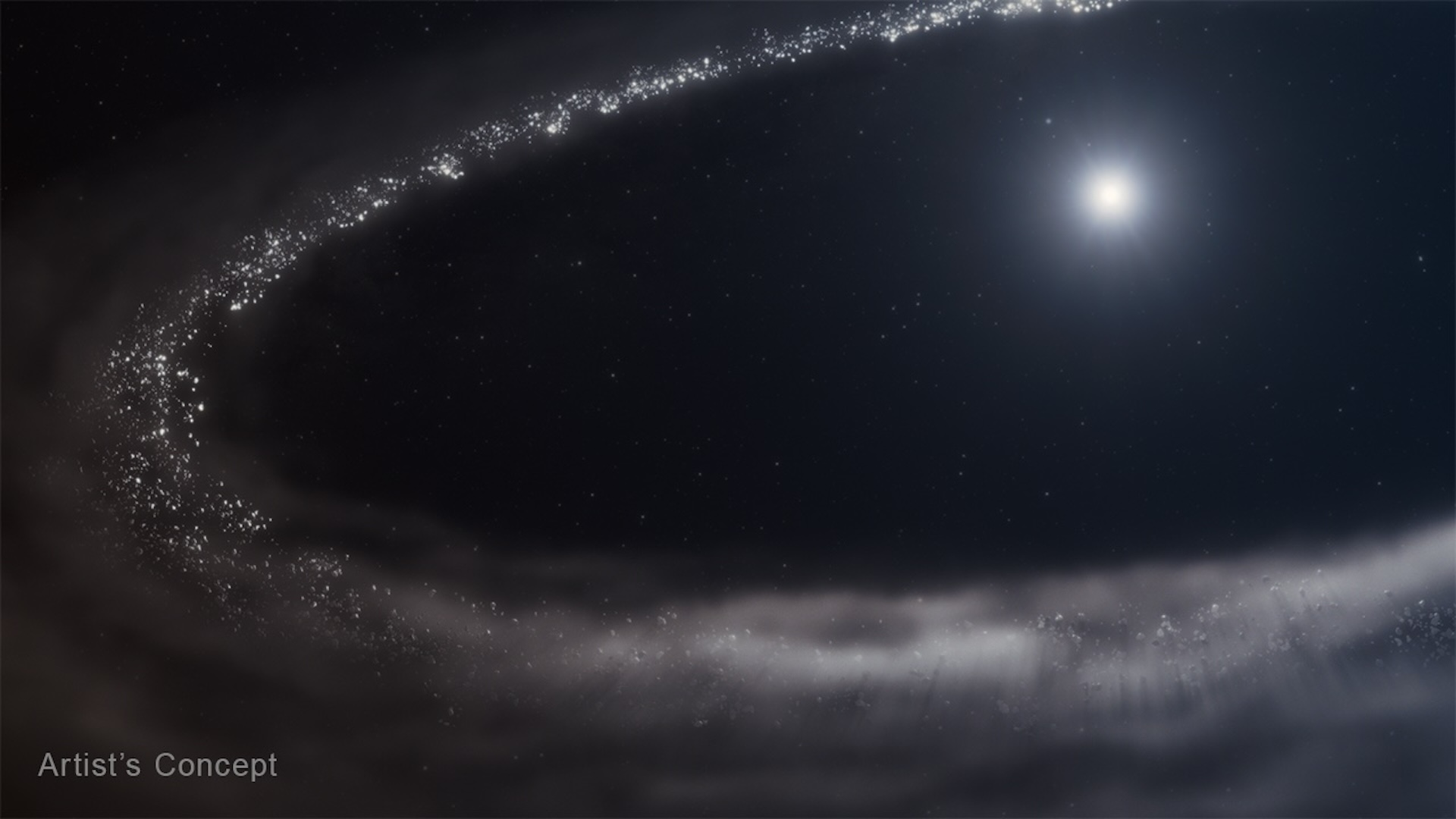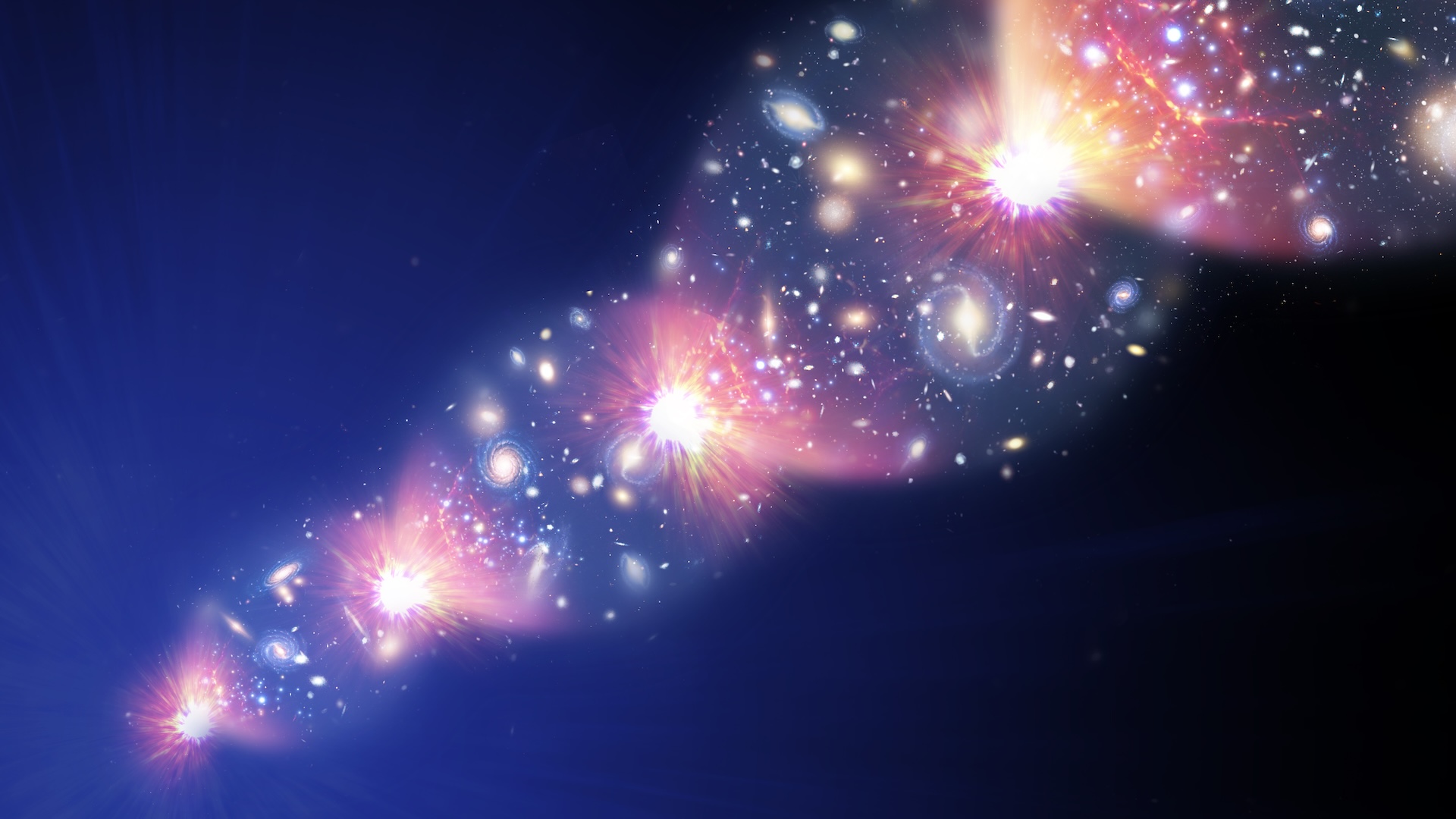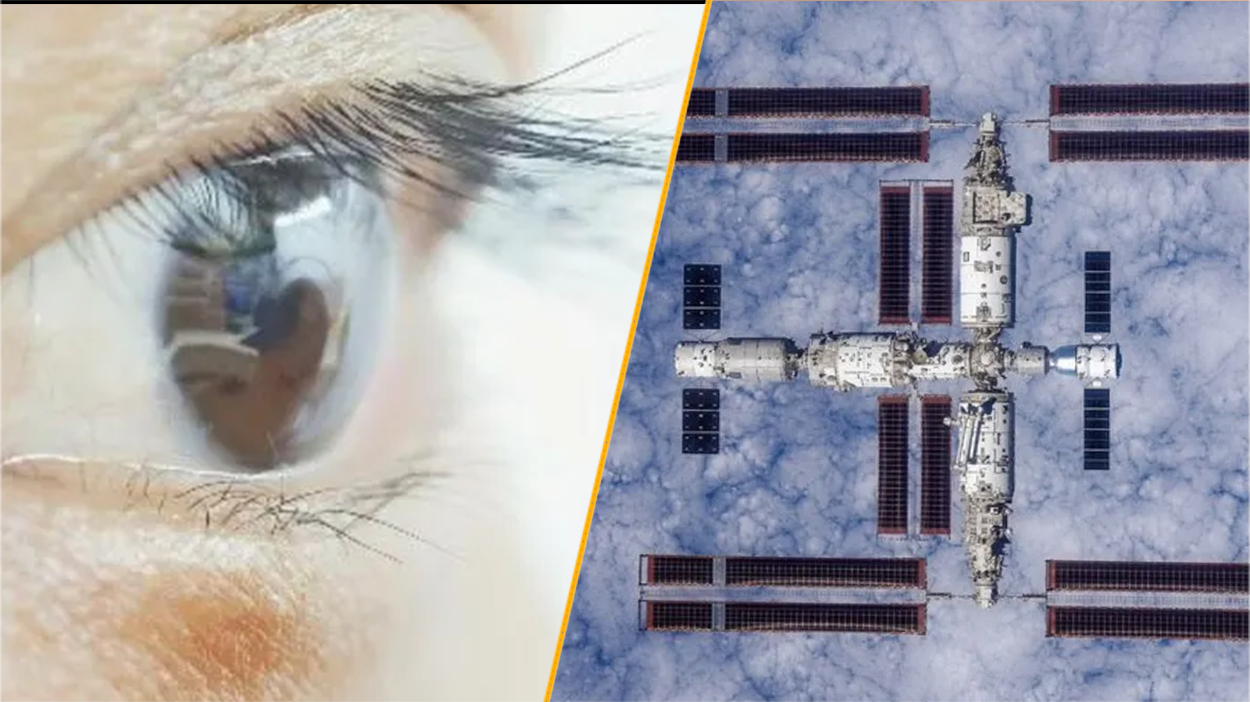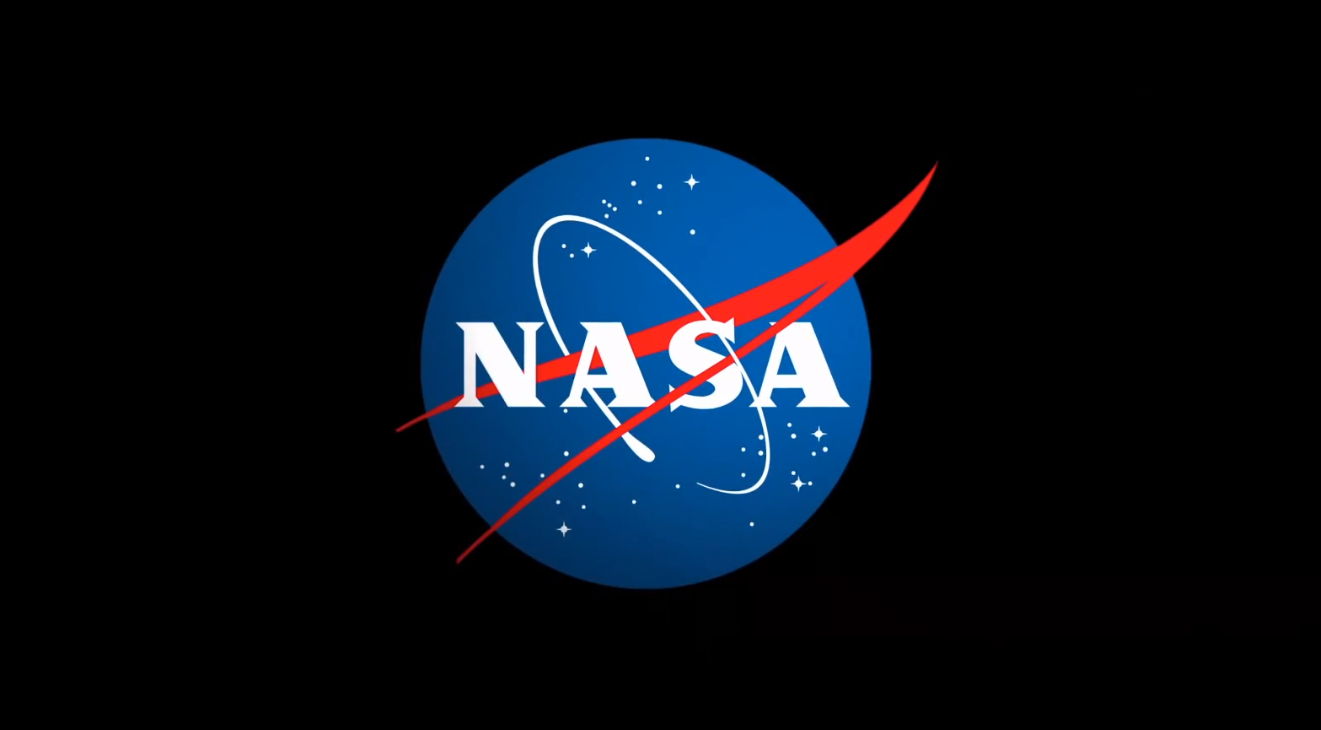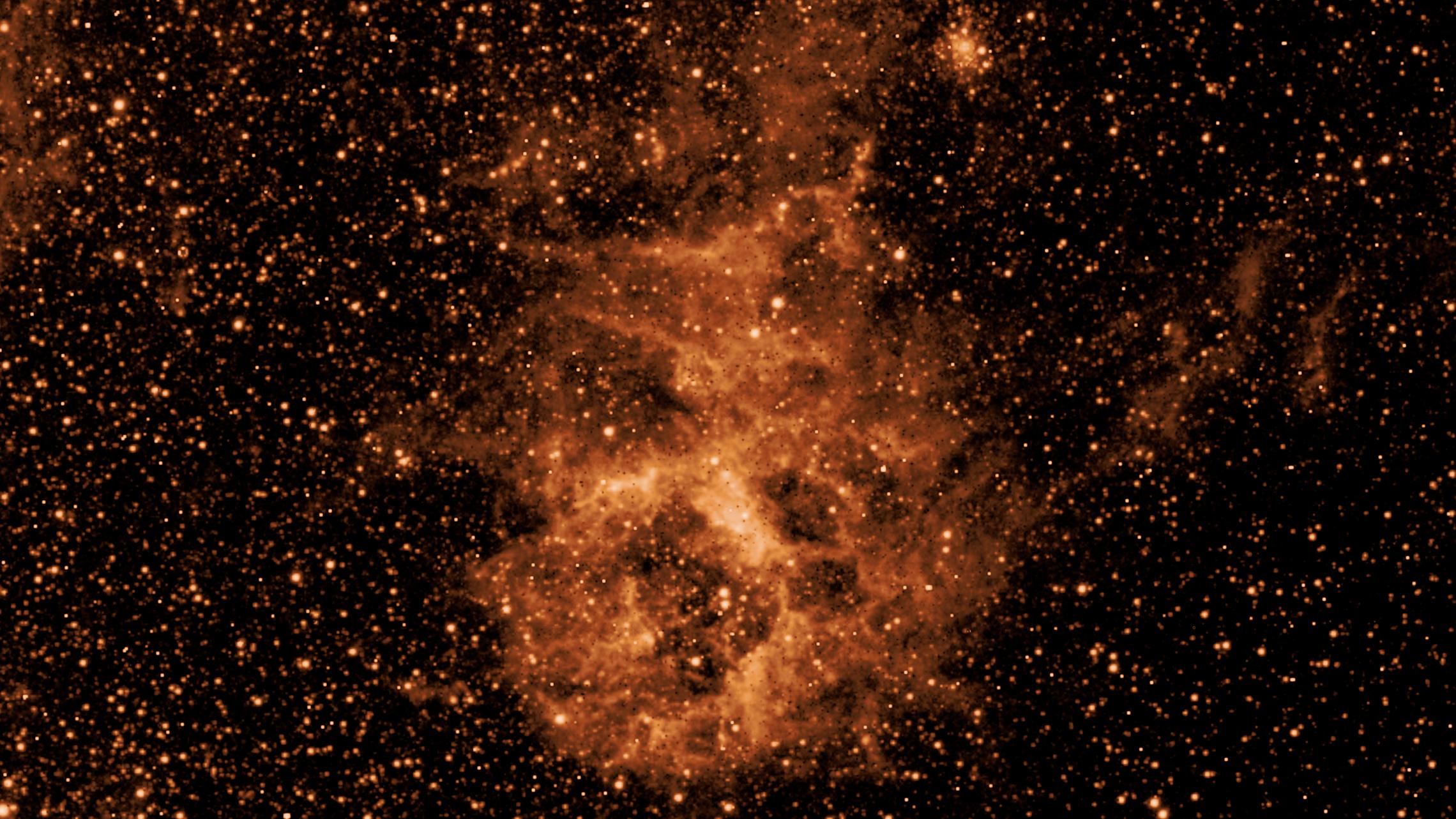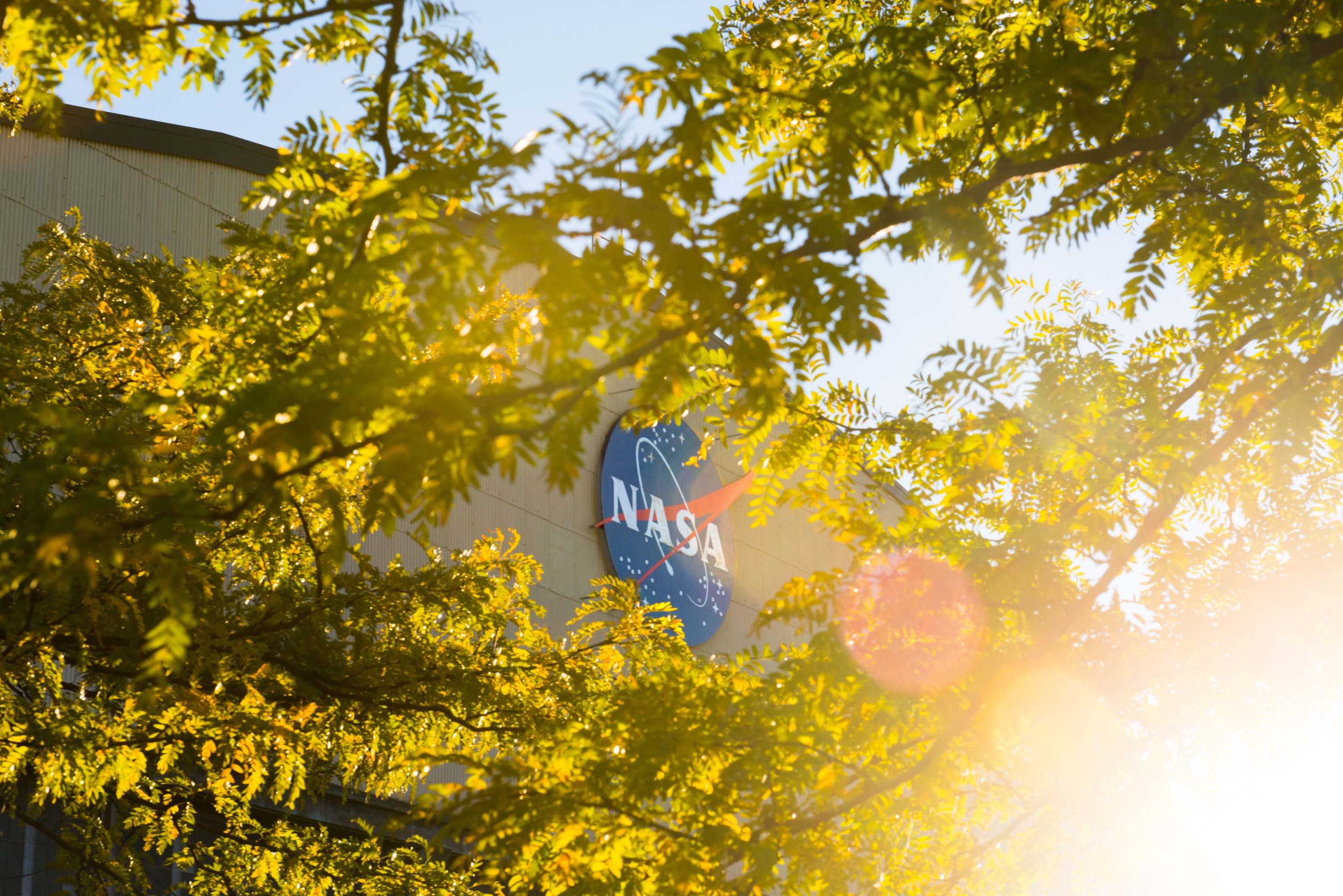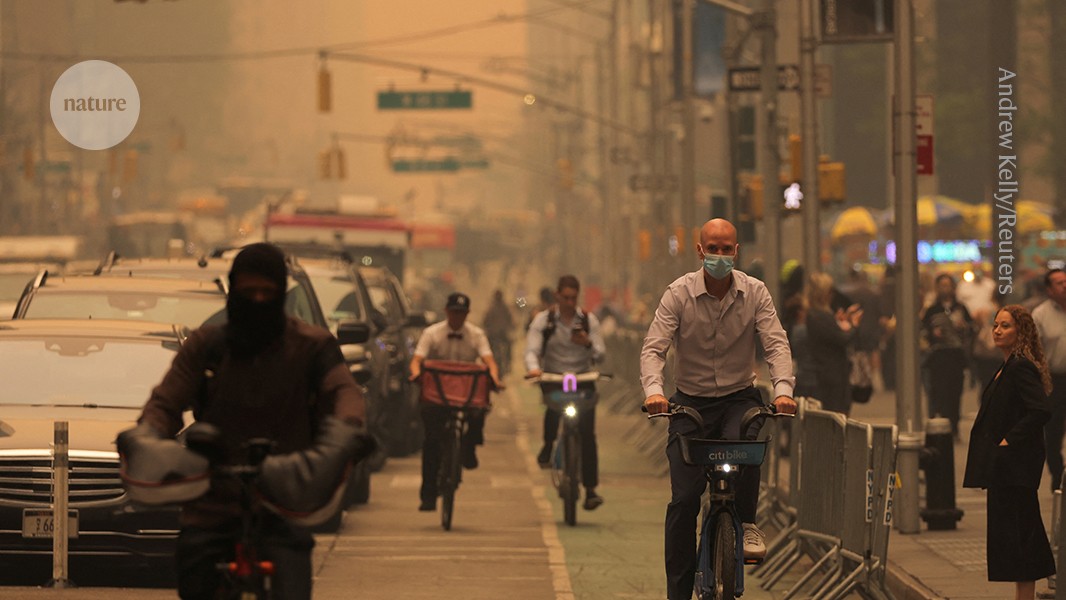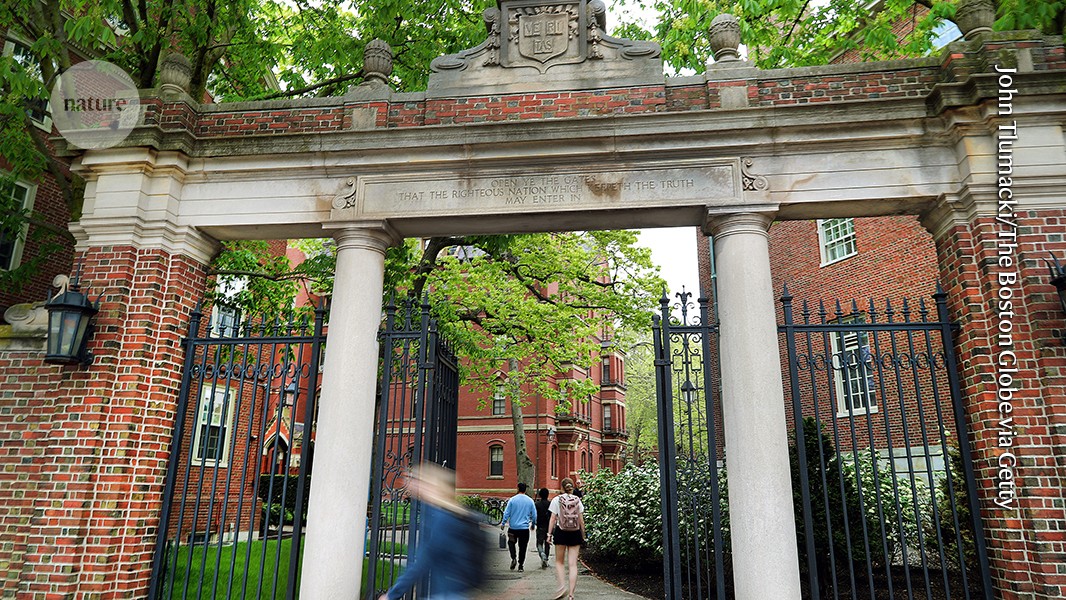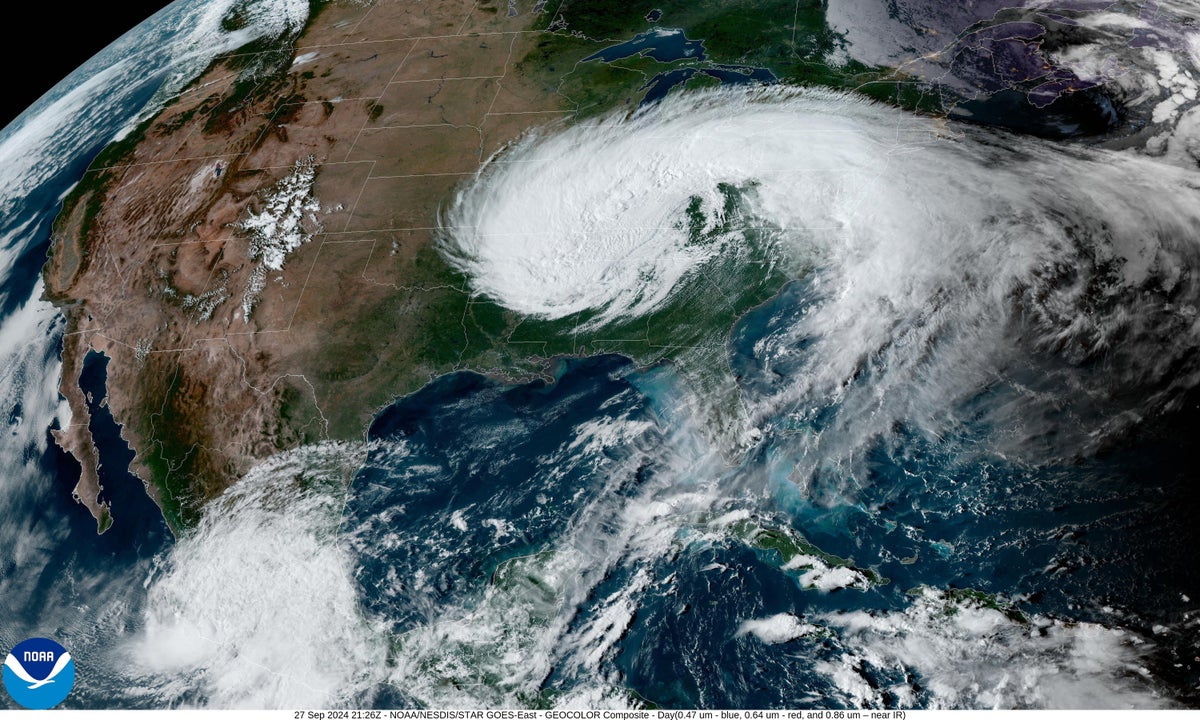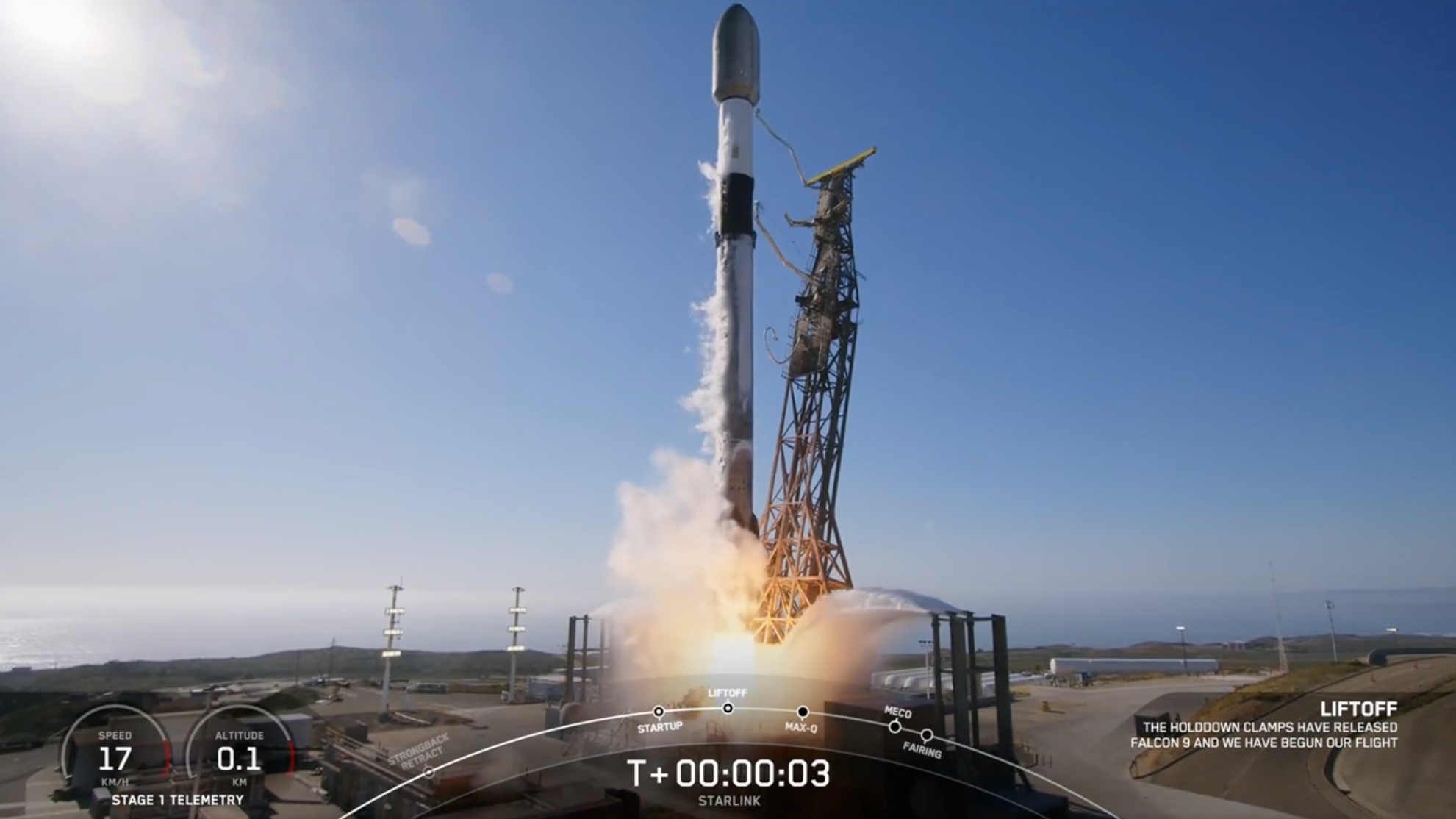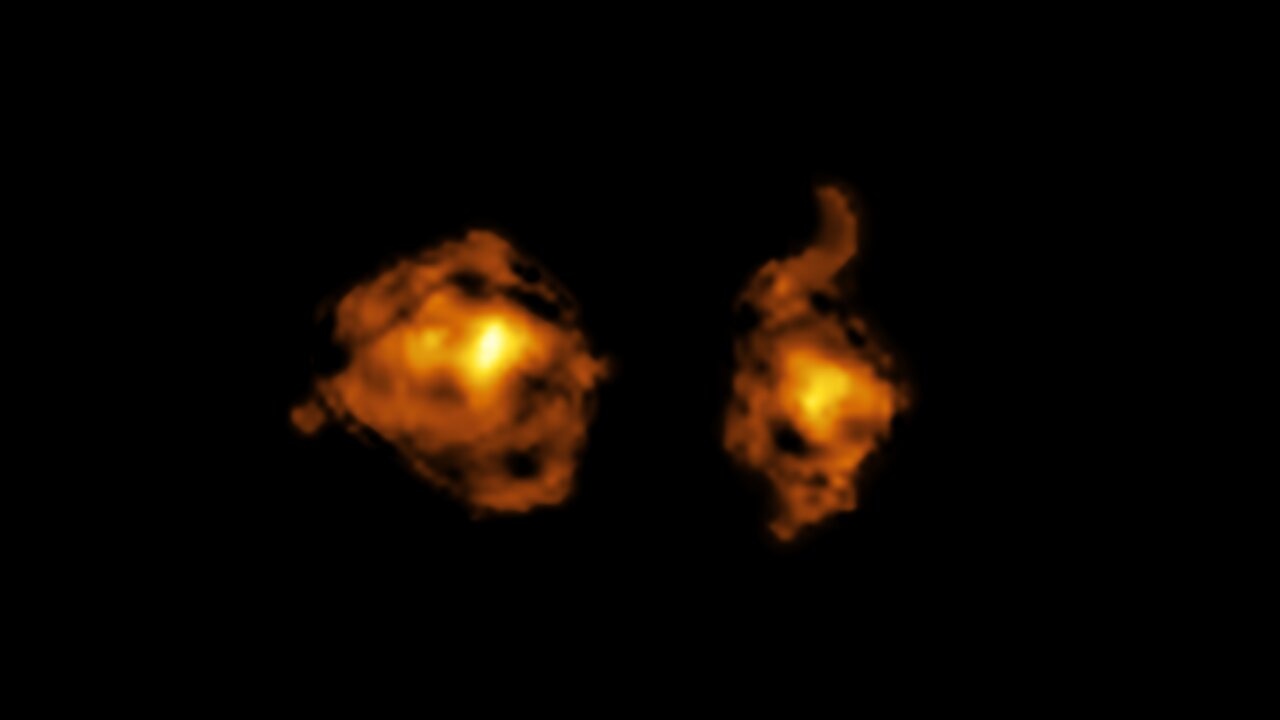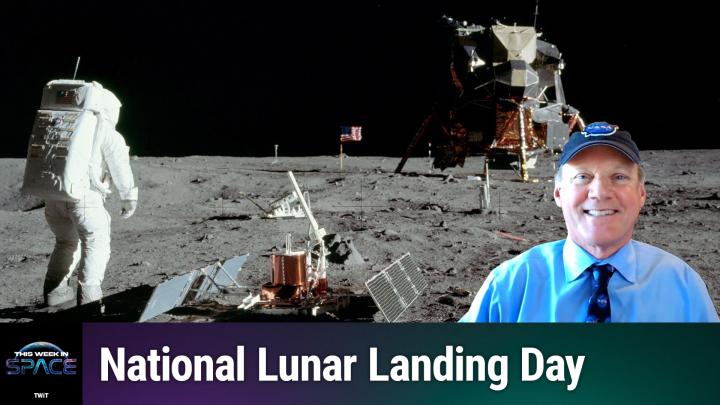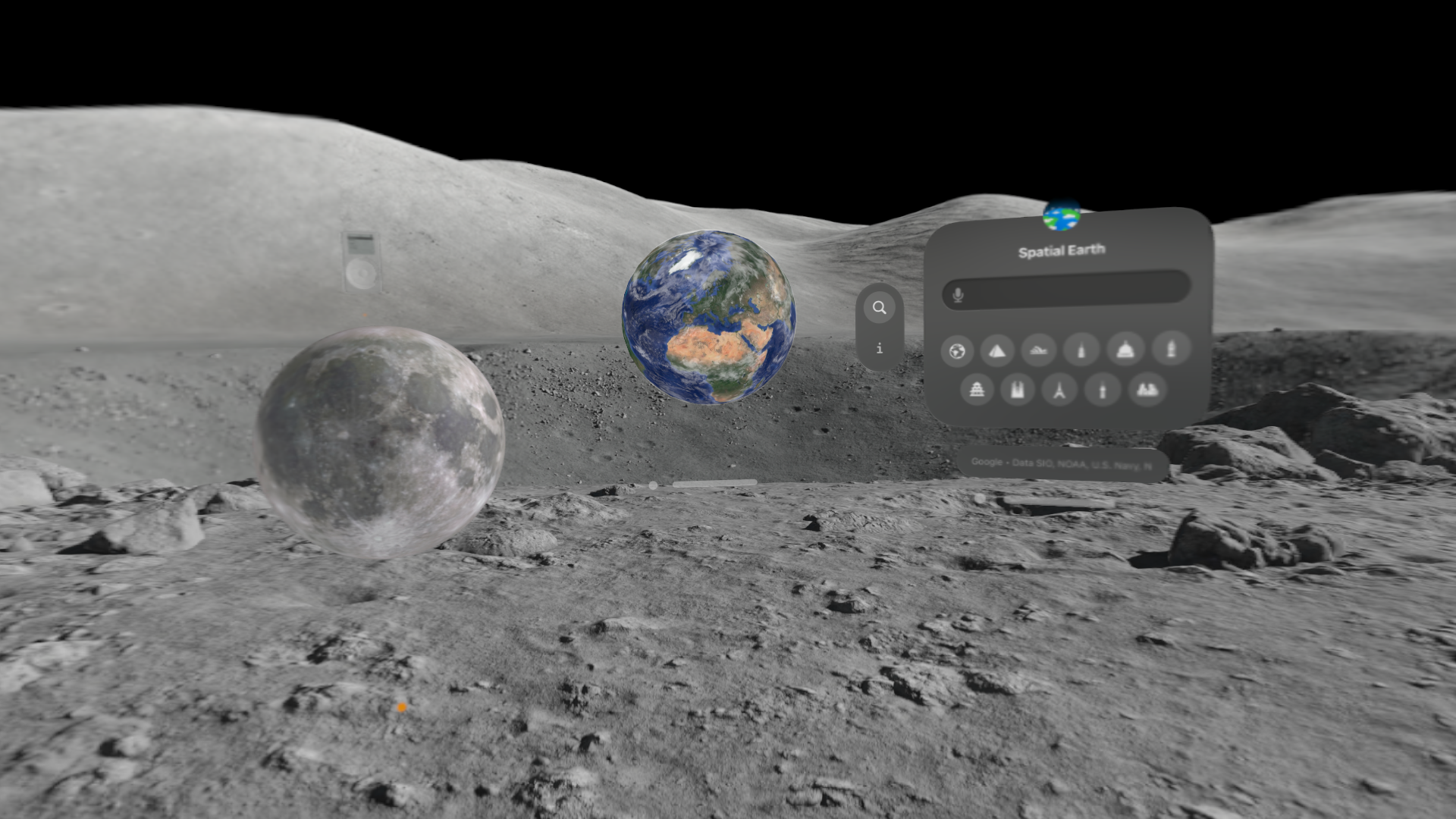17 dazzling images from 2025 Milky Way Photographer of the Year awards
'On a clear night, the Milky Way pours down over the sea like a waterfall from the sky.' The post 17 dazzling images from 2025 Milky Way Photographer of the Year awards appeared first on Popular Science.

Earth and space mingle in stunning ways for the 2025 Milky Way Photographer of the Year contest. From the “geological masterpiece” of Coyote Buttes, Utah to the sandstone terrain of desolate Ennedi, Chad to a lava-spewing volcano in Guatemala, this year’s entries dazzle from all corners of the globe. We even get a view of the Milky Way from off-planet with a photograph from NASA astronaut Don Pettit taken aboard the International Space Station.

Coyote Buttes, UT, USA
One of my greatest passions is visiting stunning natural wonders and paying my personal tribute to them through night photography. This image was taken at Coyote Buttes, a geological masterpiece located in Arizona, where special access permits are required to protect it for future generations.
Despite the intense cold during those days, it was incredibly exciting to visit the great sandstone wave for the first time and enjoy its spectacular shapes and colors.
To capture this 360° panorama, I planned for the Milky Way and focused on creating a balanced photographic composition. It’s hard to put into words the beauty of this place, but I hope my photograph manages to convey it.
Credit: Luis Cajete / 2025 Milky Way Photographer of the Year Daniel Zafra Portill
The Milky Way contains an estimated 200-400 billion stars, but we can only see a fraction of the celestial bodies with our naked eyes. Photography opens up the skies to the staggering light show floating around us. (Click to enlarge images.)

Ennedi, Chad
When one first Googles information about visiting Chad, the results aren’t very encouraging from a safety perspective. Nevertheless, the intrepid astrophotographer in me decided to take the chance and visit this landlocked country, specifically the Ennedi Massif in the north.
Sparsely populated and completely devoid of light pollution, the three-day drive from the capital, N’Djamena, was well worth the troubles and risks involved. The region is filled with numerous rock formations, shapes, and arches, offering an abundance of options for foreground elements to frame the dramatic night skies. Seen here is a small arch in the shape of a hoof in the Ennedi region.
Credit: Vikas Chander / 2025 Milky Way Photographer of the Year
Daniel Zafra Portill
Jujuy, Argentina
Since I started shooting the night sky, I’ve always sought out landscapes that feel like they belong to another planet — remote, untouched, and far from light pollution. That’s exactly what I found in “The Cathedral,” a surreal rock formation in Jujuy, Argentina.
Photographing at over 4,000 meters (13,000 feet) presented its challenges, but when I arrived and saw the rock formations, I was completely blown away. The landscape felt like something from a fantasy world, and the towering cliffs instantly reminded me of a giant stone fortress sculpted by nature.
As twilight gave way to full darkness, the core of the Milky Way appeared high overhead, shining with incredible clarity. I patiently waited as the galactic center slowly descended toward the horizon, perfectly aligning above the cliffs.
While capturing the panorama, the camera picked up bands of orange and green airglow, adding a unique glow to the horizon.
This image captures everything I love about photographing the Milky Way — the silence of remote places, the peace of standing under a pristine sky, and the deep connection I feel to the moment, fully present and grateful to witness it.
Credit: Mauricio Salazar / 2025 Milky Way Photographer of the Year Daniel Zafra Portill
Easter Island, Chile
Easter Island had been on my bucket list for a long time, and it once seemed almost impossible to reach. On our first night there, the weather forecast looked promising, so we decided to go ahead with the tour our group had booked 4–5 months earlier. However, Rapa Nui sits in the middle of the Pacific Ocean, where the weather is notoriously unpredictable. When we woke up at 3 a.m. in our hotel, the sky was completely covered in clouds. Still, we decided to take the risk, knowing the forecast for the next few nights was even worse.
An hour later, we were frantically photographing the statues at Rano Raraku—the quarry where nearly all of the island’s 900 statues were carved—when the sky suddenly began to clear. By 5 a.m., it was completely clear, and we had less than two hours to capture all the shots we wanted. We felt incredibly lucky to be in the right place at the right time.
Credit: Rositsa Dimitrova / 2025 Milky Way Photographer of the Year Daniel Zafra Portill
Hehuan Mountain Dark Sky Park, Taiwan
After three years of waiting, the Yushan alpine rhododendrons are finally in bloom once again on Taiwan’s 3,000-meter-high Hehuan Mountain. On this special night, distant clouds helped block city light pollution, revealing an exceptionally clear view of the Milky Way. A solar flare from active region AR3664 reached Earth that evening, intensifying the airglow and adding an otherworldly touch to the sky.
Together, these rare natural events created a breathtaking scene—vivid blooms glowing softly beneath a star-filled sky.
Credit: Ethan Su / 2025 Milky Way Photographer of the Year Daniel Zafra Portill
Kanaan, Namibia
On our second Namibia Photography Tour, we began our journey once again at one of our favorite spots in Kanaan. Last year was an incredible experience, but this time, we decided to explore more of this vast land.
During a scouting trip, I stumbled upon the perfect composition—two quiver trees standing tall with a large cactus in the foreground, all beautifully aligned with the Milky Way. I had always wanted to capture the Milky Way alongside a big cactus, so in that moment, it felt like a special gift.
Getting everything in focus was a bit challenging, as I had to get extremely close to the cactus without getting poked. To achieve perfect sharpness, I used focus stacking. Additionally, I shot with an astro-modified camera and a GNB Nebula filter to enhance the details of the night sky.
Credit: Burak Esenbey / 2025 Milky Way Photographer of the Year Daniel Zafra Portill
Moeraki Boulders, New Zealand
The Milky Way hangs over the sea. The night sky of the Southern Hemisphere condenses the poetry of Li Bai, a poet from China’s Tang Dynasty, into eternity. On a clear night, the Milky Way pours down over the sea like a waterfall from the sky, intertwining with the atmospheric glow on the water’s surface.
Credit: Alvin Wu / 2025 Milky Way Photographer of the Year Daniel Zafra Portill
ISS (International Space Station)
I float in the Cupola, looking out the seven windows composing this faceted transparent jewel. While my mind is submerged in contemplation, my eyes gorge on the dim reflections from a nighttime Earth. There are over eight billion people that call this planet home. There are seven of us that can say the same for Space Station. What a privilege it is to be here. I used an orbital star tracker to take out the star streak motion from orbit.
Credit: Don Pettit / 2025 Milky Way Photographer of the Year Daniel Zafra Portill
Dobratsch Nature Park, Austria
Undoubtedly my wildest location this winter: Austria’s Dobratsch mountain! If I had to describe it in two words, it would be a “Winter Fairytale”!
Despite a 5 a.m. work shift, I drove to Austria by 1 p.m., worried about my fitness and lack of sleep. After a 2-hour hike through the snow with a 22kg backpack and sled, the stunning views kept me energized.
Arriving at the cabin (where I had planned my winter panorama two years ago), I was greeted by untouched snow, completely free of footprints. I spent the evening exploring compositions, and this is my favorite: a panorama of the winter Milky Way with reddish nebulae, stretching above Dobratsch Mountain.
I captured the Zodiacal light and even the Gegenschein glow! The sky was magnificent, with Jupiter and Mars shining brightly. In the foreground is the cabin, where I spent 3 freezing hours (-12°C), waiting for the perfect shot of the Milky Way’s core. It turned out exactly as I envisioned—a true winter fairytale.
Credit: Uroš Fink / 2025 Milky Way Photographer of the Year Daniel Zafra Portill
San Pedro de Atacama, Chile
A panoramic shot of the Milky Way in a remote area of the Atacama Cactus Valley, known for its large concentration of cactus plants. I love this place with its countless possibilities. The panorama was taken just as the galactic center began to rise, with the spectacular Gum Nebula visible on the right.
It was an especially bright night with a breathtaking sky. The valley isn’t easy to navigate, but it’s always worth trying to find new compositions in such stunning locations beneath the night sky.
Credit: Pablo Ruiz / 2025 Milky Way Photographer of the Year Daniel Zafra Portill
Volcán Acatenango, Guatemala
On the early morning of June 2, 2024, I summited Acatenango Volcano for the first time, hoping to witness the fiery beauty of the neighboring Volcan de Fuego against the Milky Way’s backdrop. That night, the volcano was incredibly active—each thunderous explosion reverberated in my chest, while glowing lava illuminated the dark slopes. Above, the Milky Way stretched diagonally across the sky, a mesmerizing band of stars contrasting with the chaos below. As the volcano erupted, the ash plume rose vertically, forming an acute angle of about 45 degrees with the galaxy’s diagonal path, creating a stunning visual contrast between Earth’s fury and the cosmos’ serenity.
Capturing this required a fast, wide-angle lens (f/2.8), an ISO of 3200, and a 10-second exposure to balance the volcanic glow with the starlight. The challenge was timing the shot during a new moon and aligning the right moment for the Milky Way to cross the frame next to the volcano. I used Lightroom as the editor. This image is special for its storytelling—the raw power of Volcan de Fuego meeting the tranquil expanse of the galaxy.
Credit: Sergio Montúfar / 2025 Milky Way Photographer of the Year Daniel Zafra Portill
Zanskar, Himalayas
Lake RT5 is a pristine alpine lake nestled at 5,700 meters above sea level. My passion has always been to capture the unseen Himalayas in their rawest form. This journey led us through rugged mountains and glaciers, where we discovered several unknown alpine lakes and named them along the way.
We endured multiple nights in extremely cold, unpredictable conditions. Due to the ever-changing weather and limited time, I used a blue hour blend to achieve a cleaner foreground. Since my campsite was right beside the lake, I was able to capture the tracked sky shot from the exact same position later that night.
I was in awe of the incredible airglow illuminating the Himalayan skies. The raw image had even more intense colors, but I toned them down to stay true to reality. This was undoubtedly one of the most unforgettable nights I’ve ever spent in the heart of the Himalayas.
Credit: Tanay Das / 2025 Milky Way Photographer of the Year Daniel Zafra Portill
Saint Raphael, France
Framed by the rugged mouth of a coastal cave, this image captures the heart of the Milky Way rising over the Mediterranean Sea. Taken during the peak of the Galactic Core season last May, it blends the natural beauty of the foreground with the awe-inspiring vastness of the cosmos. A winding road, illuminated by passing cars, creates a dynamic trail of light that guides the eye toward the stars above.
This photo is a reminder that magic often hides in the most unexpected places. All it takes is a little patience, planning, and passion.
Credit: Anthony Lopez / 2025 Milky Way Photographer of the Year Daniel Zafra Portill
Alabama Hills, CA, USA
The Perseid Meteor Shower occurs every August, raining down hundreds of meteors over a few nights. In 2024, I had planned to photograph it from the Canadian Rockies, but wildfires forced me to change my plans at the last minute. After checking wildfire maps, I found a safe haven in the Eastern Sierra Nevada.
After three full nights of capturing meteors, I created this image. Sitting on the rock is my friend Arne, who often joins me on these adventures, gazing up at the magnificent core of our galaxy. Each meteor is painstakingly aligned to its true location in the night sky. The final depiction shows all the meteors I captured, combined into one frame—as if the Earth hadn’t been rotating and all the meteors had fallen at once.
Credit: Mike Abramyan / 2025 Milky Way Photographer of the Year Daniel Zafra Portill
California, USA
Capturing this image was a race against time, light, and distance. With Comet Tsuchinshan–ATLAS (C/2023 A3) making its approach, I knew I had a rare opportunity to see it with the naked eye before it faded into the cosmos. I embarked on a five-hour round trip to McWay Falls in Big Sur, one of the few Bortle 2 locations accessible along California’s coast. My window was narrow—just six precious minutes of true darkness before the Moon rose and washed out the night sky. But those six minutes were unforgettable.
In that brief span, the Milky Way arched high above the Pacific, Venus shimmered as it set over the ocean, and the comet streaked quietly across the sky—a celestial visitor gracing this iconic coastal cove. The soft cascade of McWay Falls and the stillness of the starlit ocean created a surreal harmony between Earth and sky. It was one of the most vivid and humbling naked-eye comet sightings I’ve ever experienced—an alignment of cosmic elements that felt both fleeting and eternal.
Credit: Xingyang Cai / 2025 Milky Way Photographer of the Year Daniel Zafra Portill
Great Ocean Road, Australia
With a clear night forecast and the Milky Way core returning for 2025, I set out to explore the Great Ocean Road. After a few setbacks—such as a failed composition and getting the car stuck on a sandy track—I almost gave up. However, I pushed on and found a great spot above the beach to capture the scene.
The night was full of color, with Comet C/2024 G3 Atlas and a pink aurora in the early hours, followed by the Milky Way rising amid intense green airglow near dawn. Despite the challenges, the reward of this stunning image and the memory of the view made it all worthwhile.
Credit: Brent Martin / 2025 Milky Way Photographer of the Year Daniel Zafra Portill
The post 17 dazzling images from 2025 Milky Way Photographer of the Year awards appeared first on Popular Science.
